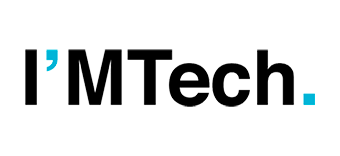All aboard for security
With France’s rail transport market opening up to competition, the SNCF’s security work is also becoming a service. This transformation raises questions on how security as an activity is organized. Florent Castagnino, Sociology researcher at IMT Atlantique, has studied how this service can adapt. 2021 saw private train companies newly authorized to operate on […]

